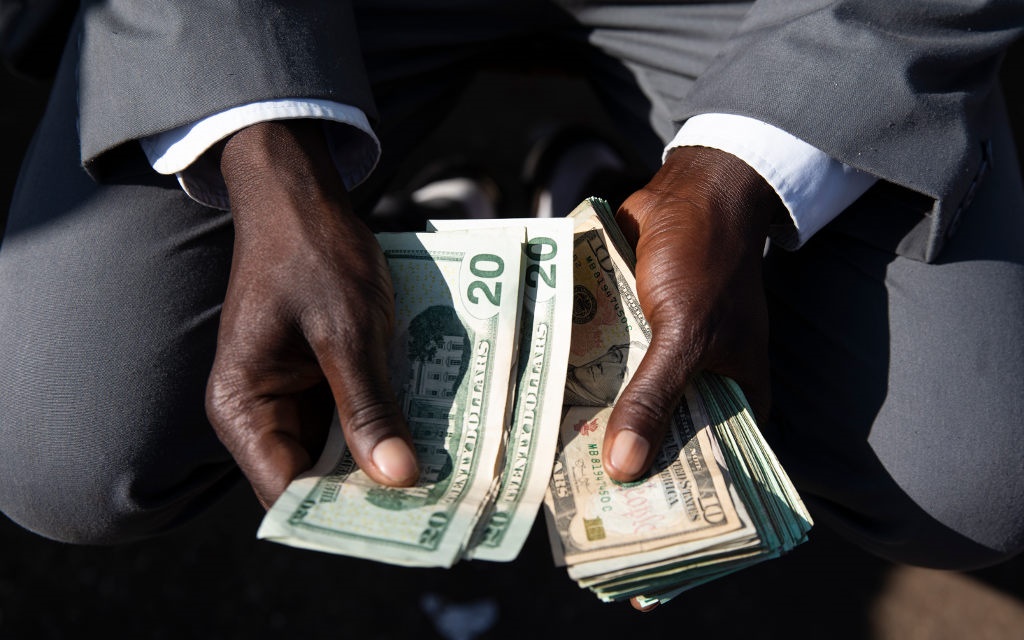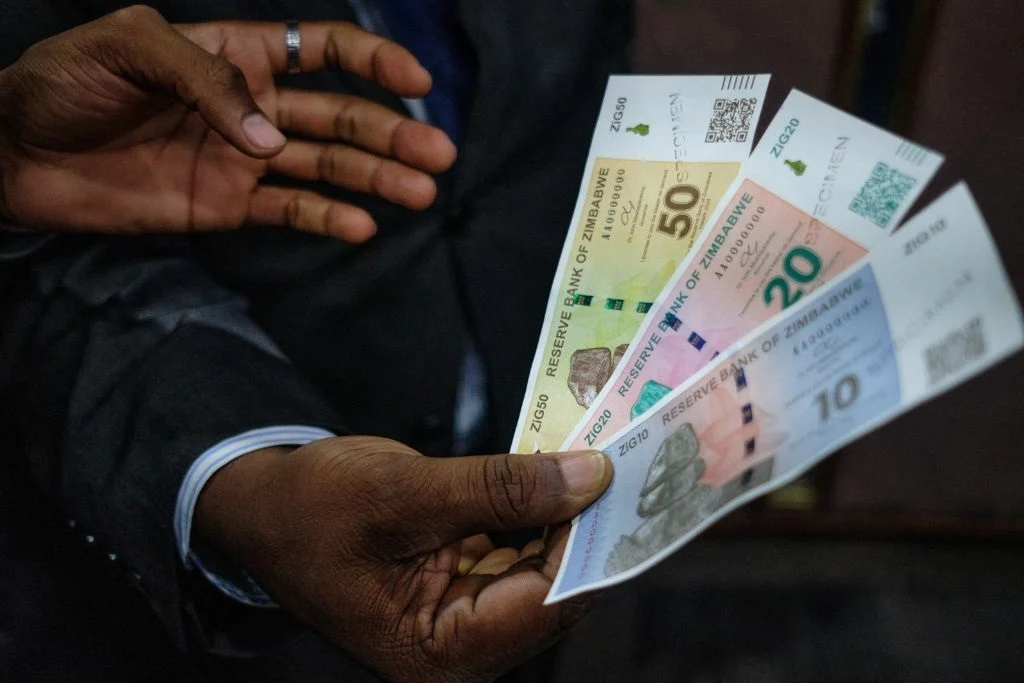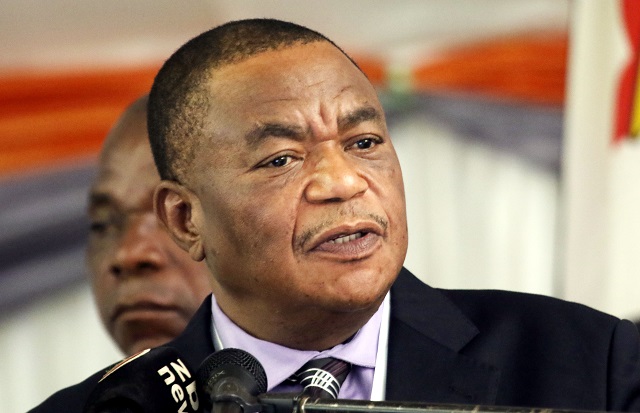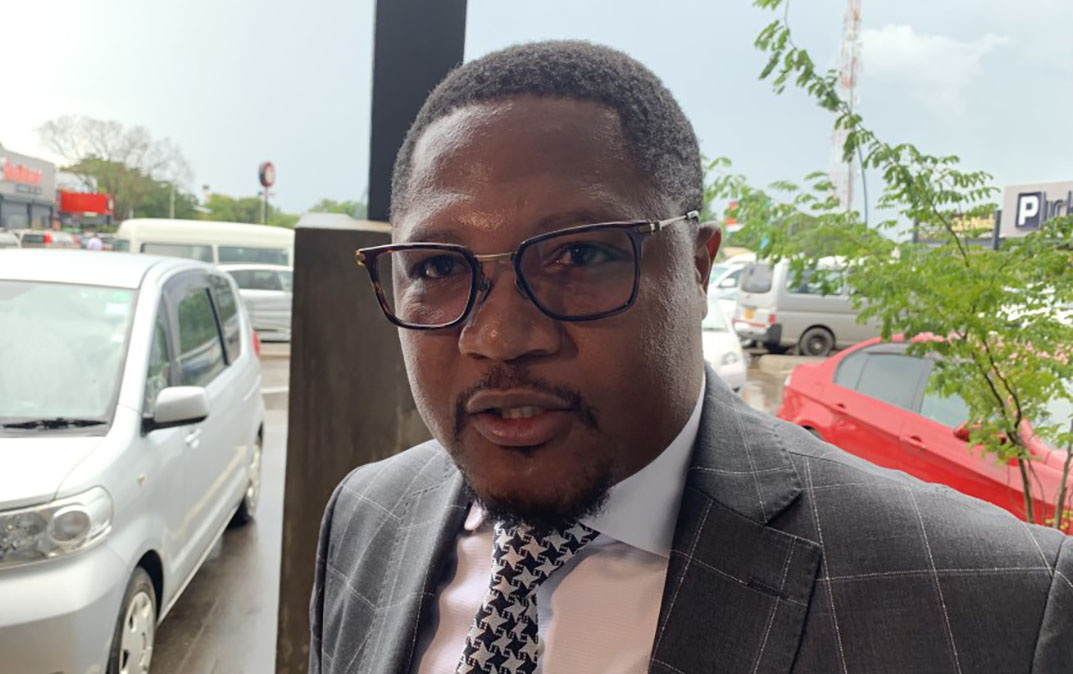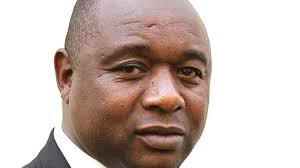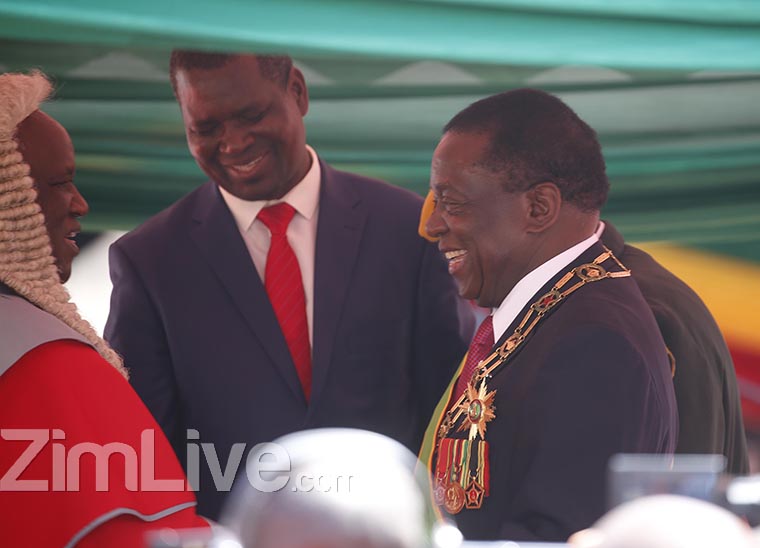QUITO/HARARE/BUENOS AIRES – From Zimbabwe’s capital Harare to Quito in Ecuador, green bills circulating on the streets and in shops with images of U.S. presidents reflect a big choice that has been made: picking the dollar over the local currency to bring economic stability.
The two countries offer a lesson – and warnings – for Argentina, the latest nation globally to toy with the idea of ditching an embattled local tender in favor of the greenback, a signature campaign pledge of President-elect Javier Milei.
Dollarization or the part-way option of a peg to the dollar have generally been triggered as a last-ditch option to tame hyperinflation and loss of confidence in the local currency, as was the case in the 1990s with crisis-ridden Ecuador and in El Salvador in the aftermath of civil war.
In Argentina, self-described anarcho-capitalist Milei, elected on Sunday into the country’s top office, sees dollarization as a way to tamp down inflation heading towards 150%, which has pushed four-in-ten people into poverty.
Zimbabwe abandoned its currency in 2009 to combat hyperinflation, opting for a multi-currency system centered on the U.S. dollar.
The government reintroduced the local currency in 2019, but it rapidly lost value. Most transactions are currently in greenbacks.
Zimbabwe’s dollarization story is as full of warnings as it is with promise. Many people watched as their savings were erased when the dollar was adopted in 2009.
“We just woke up and there was nothing in the account anymore,” banker Bongiwe Mudau told Reuters.
“This included my life assurance and medical aid. All was gone in just a day. Dollarization wiped out everything I had saved.”
The 47-year-old mother of three, said, however, that dollarization eventually brought stability in prices.
From 2008, when prices were doubling almost every day – one of the largest hyperinflations ever recorded – prices fell 7.7% in 2009, according to the International Monetary Fund.
“For the first time in years I could budget with a clear understanding that prices would not change. We had a semblance of order in the economy,” Mudau said.
Zimbabwe is planning to remain dollarized until 2030, creating stability on markets – and on the streets.
Moses Mhlanga, 50, a Harare street hawker selling candy and snacks, said getting hold of dollars had been difficult for some informal workers, though was improving.
“There was no source of U.S. dollars for some of us. We had to scrounge for it. It was difficult. Things are starting to change now because we are used to the currency and we can find it everywhere,” said the father of five.
However, there is a dearth of small bills – not uncommon in dollar-friendly economies, because small notes are expensive to transport. That means some loss of revenue.
“This makes it difficult to transact, especially on the streets. We lose customers because there is no change,” said Mhlanga.
Argentina itself imposed a 1-to-1 peso-dollar peg through most of the 1990s, with a currency board and convertibility. That rapidly brought down high inflation, but the experiment ultimately failed as economic imbalances made the peg untenable.
As the economy slid, the government panicked and imposed what was known locally as a “corralito,” preventing people from accessing savings or forcibly converting dollar deposits into pesos, sparking weeks of riots in 2001-02, political instability, and the country’s worst economic crisis in recent history.
That experience left Argentines wary of the peso and the local banking system. Savers stashed hundreds of billions of dollars outside the country or under the mattress.
However, that bygone decade of low inflation is starting to look more attractive again as prices accelerate – a factor that helped drive Milei’s win.
“I come from an age in which I saw convertibility. To me, those were 10 years of economic peace which allowed us to plan, develop, work,” said 57-year-old Buenos Aires resident Nestor Cerneaz.
“You could save, and you could buy an apartment. I really miss that time.”
Milei has since his election played down his ability to quickly dollarize, citing a lack of foreign currency, high poverty rates and a deep fiscal deficit. He also has a weak position in Congress, a block to pushing through legislation.
Yet it is perhaps Ecuador’s experience of taming inflation that could serve as the best model for Argentina.
During the five years before dollarization in 2000, the monthly measure of annualized inflation averaged 33% in Ecuador. After dollarization, it fell quickly. Monthly annualized inflation over the last 10 years averaged 1.54%.
“It was the best solution for us at a time when Ecuador was economically in a bad place,” said 72-year-old retiree Wilson Andrade on the streets of Quito.
“With our local currency we couldn’t buy anything, it was very expensive to acquire things, so dollarization … allowed people to have greater security in their purchases.”
There are, of course, drawbacks. Dollarization limits a country’s ability to control its own monetary policy. Devaluation, which can be used to tame trade imbalances, is impossible under dollarization.
With its economy five times the size of Ecuador and a reliance on soft commodities exports of soy, corn and wheat made more competitive by a weaker peso, the trick could prove harder to pull off in Argentina.
But the dollar does offer much-needed stability.
Juan Carlos Villota, a 37-year old mechanic, said a series of devaluations during the late 1990s triggered emigration and caused a lot of pain to Ecuadorean families. He backed dollarization as a way to tame economic volatility.
“The truth is it has been a good process to have economic stability,” he said.
Not all Argentines are convinced. Out of 125 Argentine business people Reuters surveyed last month, just two backed full dollarization. Two-thirds supported a dual peso-dollar system.
On the streets of Buenos Aires, 36-year old lawyer Guido Puig dislikes the loss of autonomy that would be brought on by adopting another country’s currency.
“We already had this experience here and it was harmful for us in an international context in the nineties,” he said. “I think dollarization is not good.”
